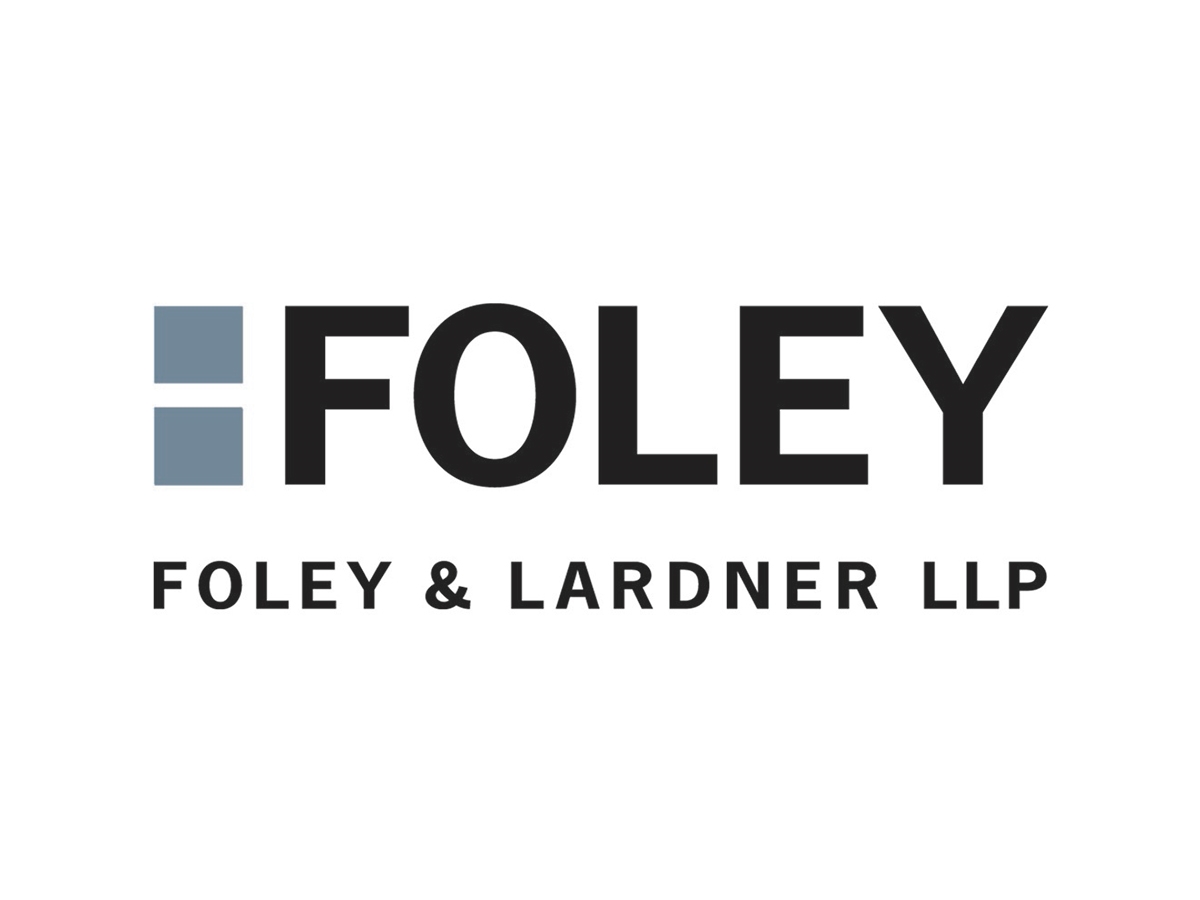PHOSITA Can Bridge Gaps with Reasonable Success Under Result-Effective Variable Doctrine
“[T]he CAFC noted that it is not improper to consider whether a parameter missing from the prior art would have been result-effective.”
On March 5, the U.S. Court of Appeals for the Federal Circuit (CAFC) issued a precedential decision in Pfizer Inc. v. Sanofi Pasteur Inc. affirming lower rulings by the Patent Trial and Appeal Board (PTAB) that invalidated Pfizer’s patent claims and denied motions to amend (MTA). Although the Federal Circuit vacated the PTAB’s MTA denials with respect to two patent claims, the ruling adds new contours to the appellate court’s case law on obviousness in ways that could affect companies that are patenting chemical inventions with claimed numerical ranges.
Pfizer appealed to the Federal Circuit following rulings from five inter partes review (IPR) proceedings petitioned by Sanofi Pasteur, the vaccine division of French pharmaceutical company Sanofi. Those IPR proceedings challenged all claims of Pfizer’s U.S. Patent No. 9492559, Immunogenic Compositions Comprising Conjugated Capsular Saccharide Antigens and Uses Thereof, which claims compositions provoking an immune system response for use in pneumococcal vaccines like Pfizer’s Prevnar. The PTAB’s final written decisions in those IPR proceedings invalidated all challenged claims of the ‘559 patent for obviousness. The PTAB also denied Pfizer’s MTAs after finding that Sanofi and fellow petitioner Merck had shown obviousness for Pfizer’s proposed substitute claims.
Result-Effective Variable Doctrine Can Be Applied Even When Parameters Are Unknown
On appeal, Pfizer challenged rulings related to Sanofi’s asserted prior art references: U.S. Patent Application No. 20110195086 (Merck-086); and PCT Patent Application Publication 2007/071711 (GSK-711). Merck-086 discloses immunogenic compositions with distinct polysaccharide conjugants in which S. pneumoniae serotypes, including 22F, is conjugated to a carrier protein. GSK-711 discloses S. pneumoniae vaccines having capsular saccharide antigens, with saccharides derived from S. pneumoniae serotypes that may include a saccharide conjugant of 22F.
Of Pfizer’s challenges to the PTAB’s determinations on obviousness, the Federal Circuit first dealt with the PTAB’s application of the “result-effective variable doctrine.” Under this doctrine, an overlap between a claimed range and numerical range disclosed by the prior art creates a presumption of obviousness. This presumption can be rebutted by the patent owner with evidence that the given parameter was not recognized as result-effective. Pfizer contended on appeal that the PTAB erred in applying this doctrine at all due to the undisputed fact that neither GSK-711 nor Merck-086 discloses a molecular weight for the claimed serotype 22F conjugate.
As the Federal Circuit explained, the fact that the result-effective variable doctrine creates a presumption of obviousness when an overlap in numerical ranges appears does not mean that the doctrine is only applicable when an overlap exists. The appellate court noted that optimization analyses for obviousness determinations regularly consider the motivations of a person having ordinary skill in the art (PHOSITA) to combine prior art references with the ability to bridge any gaps in the prior art while retaining a reasonable likelihood of success.
Citing to the 1977 ruling in In re: Antonie by the Federal Circuit’s predecessor, the U.S. Court of Customs and Patent Appeals, the CAFC noted that it is not improper to consider whether a parameter missing from the prior art would have been result-effective. Although Pfizer presented contrary evidence to the PTAB that glycoconjugate molecular weight requires case-by-case experimentation and is thus unpredictable, the Federal Circuit ruled that the alleged unpredictability was not at issue in cases, such as the present appeal, where the method of producing glycoconjugates is generally recognized as routine.
Hausdorff Discloses Claimed Result Across Range of Serotypes Not Found in Merck-086
Pfizer also challenged the PTAB’s determination that it would have been obvious for a PHOSITA to incorporate glycoconjugates claimed in the prior art to achieve immunogenic effect in the composition claimed by Pfizer’s ‘559 patent. Pfizer pointed to the prior art’s lack of disclosure that the claimed glycoconjugates were actually tested or made, thus making it impossible to determine that the claimed glycoconjugates would have been expected to “elicit functional antibody,” as the claim term “immunogenic” was construed by the PTAB.
Citing to its 2007 decision in Pfizer v. Apotex, the Federal Circuit reiterated that ““a rule of law equating unpredictability to patentability . . . . cannot be the proper standard since the expectation of success need only be reasonable, not absolute.” Therefore, the PTAB’s conclusion that a PHOSITA would have had a reasonable likelihood of success regarding the immunogenic effect of the prior art disclosed glycoconjugates was not unreasonable, particular in Pfizer’s present case where the immunogenic properties of the specifically claimed serotypes have long been recognized.
During the IPR proceedings, Pfizer filed MTAs to substitute proposed claims that added limitations covering a “2-log increase” (100-fold) above baseline antibody levels. The PTAB determined that this and other proposed substitute claims were obvious in light of both GSK-711, Merck-086 and U.S. Patent Application 20120237542 (Hausdorff). On appeal, Pfizer alleged that the Merck-086 reference provides clear evidence that the claimed 2-log increase would not have been obvious, because that reference does not disclose the claimed result across all 14 serotypes as recited by Pfizer’s proposed claim. However, the Federal Circuit found the claimed result for the remaining 13 serotypes disclosed by Hausdorff, creating a reasonable likelihood of success in combining prior art references.
Case Remanded to PTAB to Properly Analyze Claimed Result Using Glycoconjugates
The Federal Circuit did, however, vacate the PTAB’s determination that proposed claims 48 and 49, which include the additional 2-log increase limitation with previously claimed glycoconjugates, were obvious in light of the prior art. The PTAB’s ruling included no analysis specific to the glycoconjugate limitations in the proposed claims and whether it would have achieved the claimed 2-log increase result with those claimed glycoconjugates. Thus, this portion of the PTAB’s ruling was remanded with directions to address this issue.
Finally, the Federal Circuit denied Pfizer’s argument that the process of Director review violated notice-and-comment rulemaking rules under the Administrative Procedures Act (APA). Noting that this issue has already been addressed in non-precedential decisions, the Federal Circuit found no prejudice to Pfizer, making the alleged procedural failure under the APA harmless.
Steve Brachmann
Steve Brachmann is a graduate of the University at Buffalo School of Law, having earned his Juris Doctor in May 2022 and served as the President of the Intellectual Property […see more]



-600.png)


![[Webinar] Keeping it Real: Fake Drake and the Legal Implications of AI-Created Music – May 9th, 11:00 am – 12:00 pm PT | Manatt, Phelps & Phillips, LLP [Webinar] Keeping it Real: Fake Drake and the Legal Implications of AI-Created Music – May 9th, 11:00 am – 12:00 pm PT | Manatt, Phelps & Phillips, LLP](https://jdsupra-static.s3.amazonaws.com/profile-images/og.858_845.jpg)
